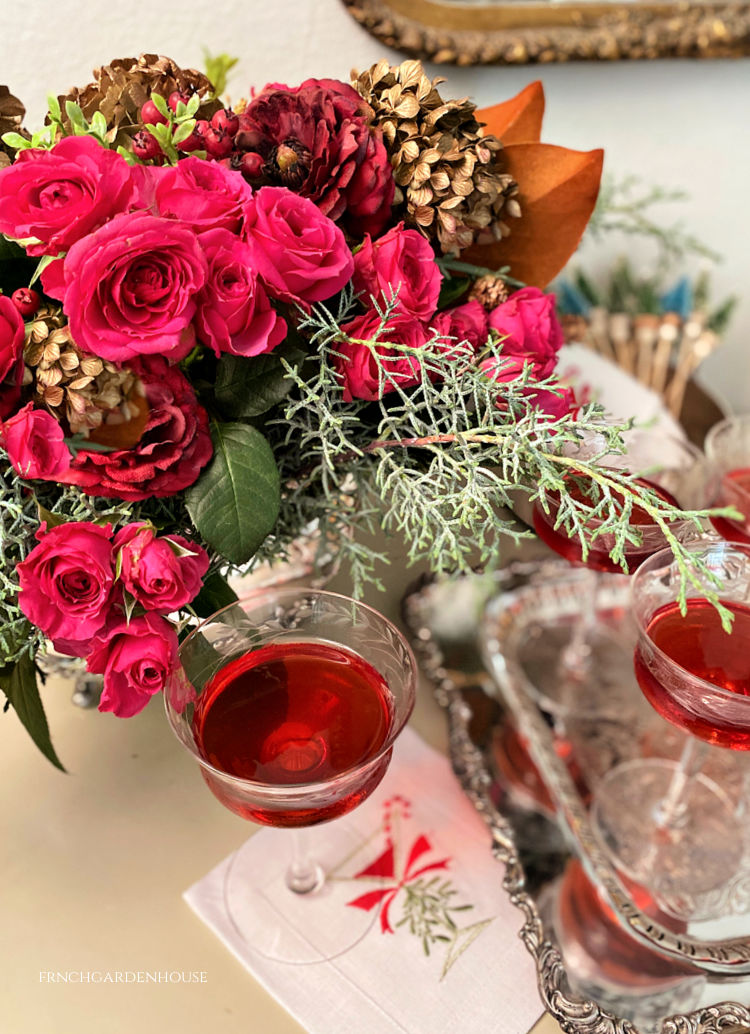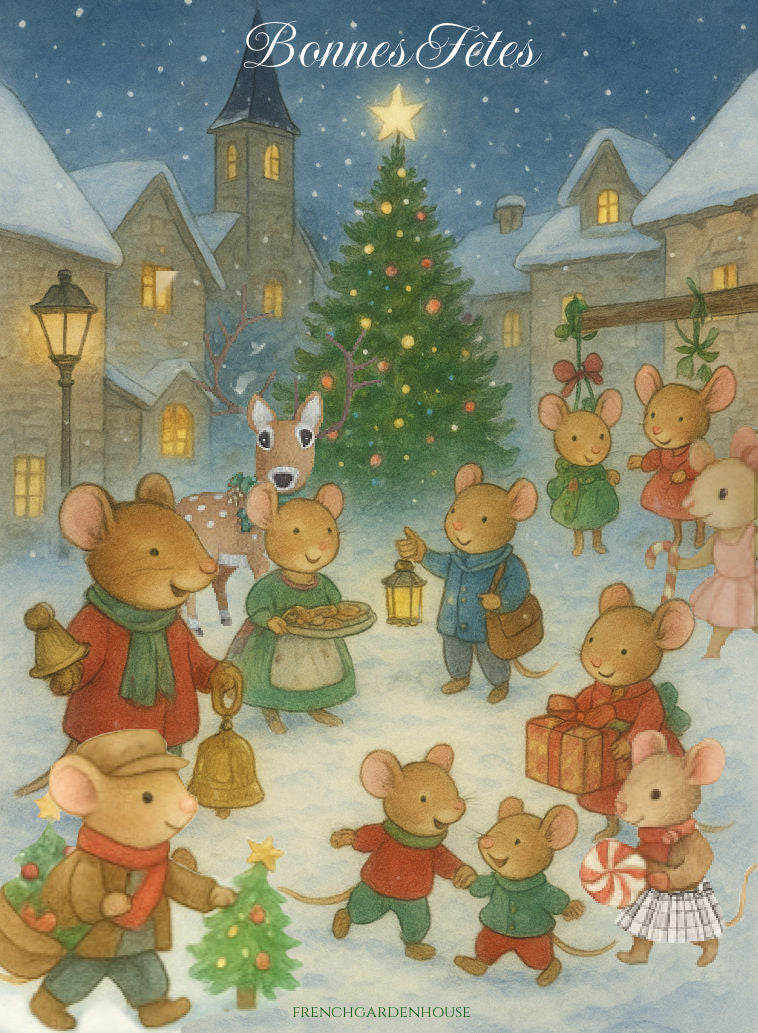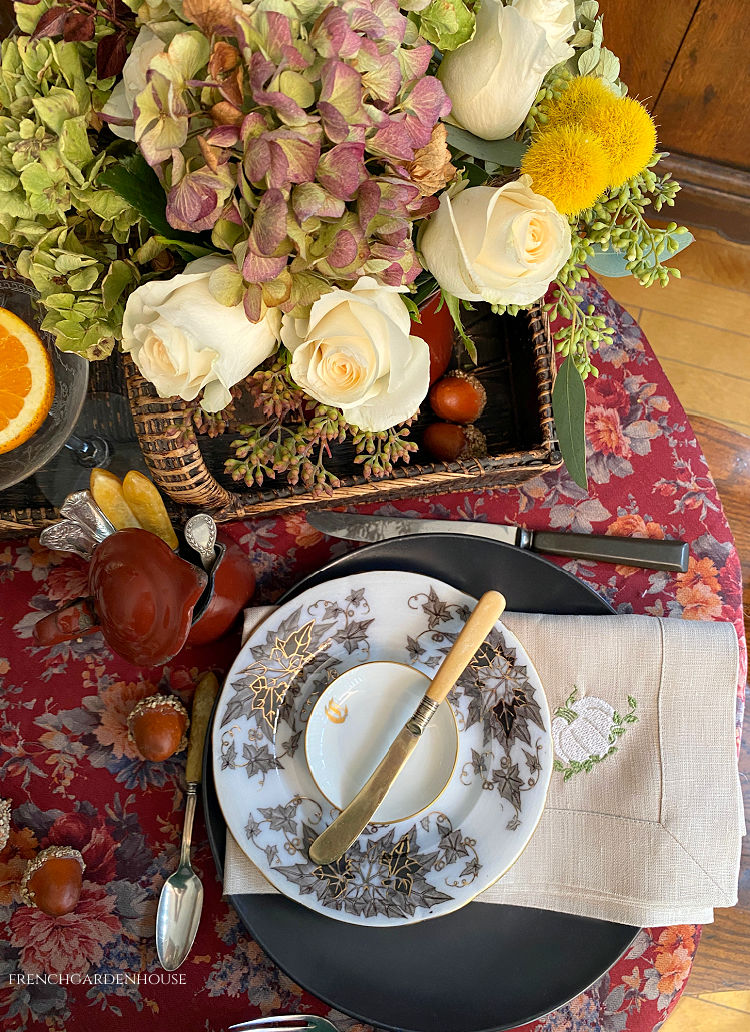Secret Life of Antiques | The History of Lace
April 12, 2016 4 min read 15 Comments

 Long the darling of the aristocracy, hand made lace has always been an expensive luxury, worn by both men and women to reflect their status in society and their sophisticated taste. Lace is one of the most overlooked antiques, in my opinion, I hope that by learning a little more about these precious antique textiles you will grow in your appreciation of this lost art.
Gossamer fine, with patterns too beautiful to believe they were created by needles and thread, lace was not only a highly coveted luxury for the privileged and well-born, it was also an industry that provided work for thousands of workers, and formed a large portion of revenue for many countries.
Long the darling of the aristocracy, hand made lace has always been an expensive luxury, worn by both men and women to reflect their status in society and their sophisticated taste. Lace is one of the most overlooked antiques, in my opinion, I hope that by learning a little more about these precious antique textiles you will grow in your appreciation of this lost art.
Gossamer fine, with patterns too beautiful to believe they were created by needles and thread, lace was not only a highly coveted luxury for the privileged and well-born, it was also an industry that provided work for thousands of workers, and formed a large portion of revenue for many countries.
 History
Lace has a long and varied history, I hope by sharing just a few of the highlights, you will be inspired to see the true artistry in a piece of lace, and perhaps begin your own collection.
Cherished for its airy patterns and delicate nature, lace was worn to adorn clothing since the 15th century. In the sixteenth century, lace, a decorative openwork “weblike pattern” was developed in Europe.
Simultaneously two different types of lace making began, needle lace and bobbin lace. Needle lace was made with a single needle and fine thread, bobbin lace was made by twisting many threads over a paper pattern attached to a lace making pillow with bobbins.
History
Lace has a long and varied history, I hope by sharing just a few of the highlights, you will be inspired to see the true artistry in a piece of lace, and perhaps begin your own collection.
Cherished for its airy patterns and delicate nature, lace was worn to adorn clothing since the 15th century. In the sixteenth century, lace, a decorative openwork “weblike pattern” was developed in Europe.
Simultaneously two different types of lace making began, needle lace and bobbin lace. Needle lace was made with a single needle and fine thread, bobbin lace was made by twisting many threads over a paper pattern attached to a lace making pillow with bobbins.
 Needle and bobbin lace is known as vrai dentelle, or “true lace” by textile historians. It is commonly agreed upon that Venitian openwork embroidery was the inspiration of needle lace. In the early 1500’s, Venice, Italy was renowned for exceptional embroideries made in Reticella, an openwork embroidery.
Embroiderers started with just an outline of threads and worked a framework over those, filling with decorative sticheds and designs so that parts of the lace grew together as they continued working. This early lace was called Punto in Aria - literally, stitches in air.
Needle and bobbin lace is known as vrai dentelle, or “true lace” by textile historians. It is commonly agreed upon that Venitian openwork embroidery was the inspiration of needle lace. In the early 1500’s, Venice, Italy was renowned for exceptional embroideries made in Reticella, an openwork embroidery.
Embroiderers started with just an outline of threads and worked a framework over those, filling with decorative sticheds and designs so that parts of the lace grew together as they continued working. This early lace was called Punto in Aria - literally, stitches in air.

Bobbin Lace Collar made in Belgium
The origin of bobbin lace is still hotly debated, both Flanders, Belgium and Venice, Italy insist bobbin lace making started in their cities. By 1520 portraits show that bobbin lace was worn in both countries, and household accounts and estate inventories from this period list bobbin lace items. By the middle of the 16th century, lacemaking had spread throughout Europe and the British Isles. Extravagant Fashion
Luxurious lace styles evolved throughout the centuries depending on the current fashions. Both men and women wore lace until the 18th century. Lace was worn as cuffs, collars, ruffs, and shawls, and for the very rich, covered complete ball gowns. Many rulers created special laws and restrictions on wearing and importing lace from other countries, since during the height of lace admiration excessive amounts of money was spent on obtaining lace.
A large lace smuggling trade developed, as one of the appealing aspects of lace was that it was a portable wealth, it could easily be moved from one garment to the other, and sold if need be! Lace was so valuable that it was included in bridal trousseaus along with precious jewelry, silver and gems in estates and wills.
Extravagant Fashion
Luxurious lace styles evolved throughout the centuries depending on the current fashions. Both men and women wore lace until the 18th century. Lace was worn as cuffs, collars, ruffs, and shawls, and for the very rich, covered complete ball gowns. Many rulers created special laws and restrictions on wearing and importing lace from other countries, since during the height of lace admiration excessive amounts of money was spent on obtaining lace.
A large lace smuggling trade developed, as one of the appealing aspects of lace was that it was a portable wealth, it could easily be moved from one garment to the other, and sold if need be! Lace was so valuable that it was included in bridal trousseaus along with precious jewelry, silver and gems in estates and wills.
 In the 18th century, lace reached the peak of popularity, at court the aristocracy was so crazy about lace that fortunes were squandered and land was sold to acquire new desired pieces of lace.
In the 18th century, lace reached the peak of popularity, at court the aristocracy was so crazy about lace that fortunes were squandered and land was sold to acquire new desired pieces of lace.
 The Cost of Lace
The extremely high cost of hand made lace was due to the incredible effort and skill that went into creating it. It required hours and hours of precise work, a 1” piece could take a lacemaker almost 10 hours to make. Many of the lacemakers, who were not paid well, went blind from years of working tiny threads into intricate patterns of lace.
The Cost of Lace
The extremely high cost of hand made lace was due to the incredible effort and skill that went into creating it. It required hours and hours of precise work, a 1” piece could take a lacemaker almost 10 hours to make. Many of the lacemakers, who were not paid well, went blind from years of working tiny threads into intricate patterns of lace.

Antique Needlelace Silk Lappet made on the Island of Malta
Hand made lace remained in demand until the middle to end of the eighteenth century. In 1809, John Heathcoat of England invented a machine that could make mesh ground, the most tedious part of lace. The Industrial Revolution made the manufacture of machine-made lace possible, a larger variety of patterned machine laces came on the market. While mass produced lace was more affordable, a demand for true hand made lace remained. Fortunes were paid for real hand made lace. Industrialists such as the Rothschilds and the Vanderbilts amassed huge collections.
Heirloom Trousseau Tablecloth with hand made cutwork, hand embroidery and a filet lace edge.
True antique hand made lace will hold its value forever. Hand made lace is extremely collectable, its exquisite nature, designs, and sheer beauty make each piece of antique lace a work of art, and a testament to the women long ago who labored stitch by tiny stitch to create it. Collectors are passionate about finding another precious lace for their collection, I hope you will join them!  19th Century Belgian Princess Needle Lace Handkerchief
19th Century Belgian Princess Needle Lace Handkerchief
15 Responses
Deanna
February 16, 2023
HI…I have a box of old old lace hairpin is one of them. Is there any value in this? I am not sure what to do with all of it. Any directions would be wonderful.
Thank you!
Lidy
August 26, 2016
Thank you Rachel. You are so fortunate to have linens from ancestors. The old linens are always so well made, I know you will enjoy your research.
Rachel Tillinghast
August 26, 2016
Thoroughly enjoyed your article on vintage lace in Victorian Homes Summer 2016 edition. It piqued my interest in old lace. We have some linens and lace from ancestors, but know little about them. Just started to investigate and search online. An interesting note: Husband’s great grandmother was Marguerite Baars from Germany. Who knows you may be related.
mysweetiepiepie
April 17, 2016
Very informative article and just amazing images, thanks so much for sharing : )
Taste of France
April 14, 2016
Such rich research! I have quite a bit of lace, some made by my grandmother, some from Belgium where I lived for a few years. I plan to frame some of it….
Andi
April 13, 2016
Reading your blog is like reading a precious magazine, with stunning photograph ! Thank you, I am going over to shop your linens and lace!
kathy
April 13, 2016
All the lace is so beautiful.
Kathy
Jeanne Visser
April 13, 2016
I don’t know that there is anything else on earth, made by hand, so beautiful and precious!
Design Chic
April 13, 2016
What a wonderful history lesson and I love beautiful lace! I have a lace tablecloth that was my husband’s great grandmother’s that I treasure! Happy Tuesday@
Diana Petrillo
April 13, 2016
I enjoy all of your “Secret Life of Antiques” posts, Lidy, as you know and this one on lace is a terrific addition. Thanks for sharing your knowledge and your personal collection with us.
Lynda Brandly
April 13, 2016
Isn’t history fascinating! I love learning these things and your examples of lace are beautiful!
Lynda @ Gates of Crystal
Lisa Torres
April 12, 2016
Thanks Lidy for writing this piece on Lace, it was fascinating and I learned so many things I never knew!
Lidy
April 12, 2016
Dorothy, you are right. The Rothchilds are actually descendants from a German, Mayer Amschel Rothschild, his sons spread to London, Paris, Naples, Vienna, and Frankfurt, to establish an international banking empire.
Dorothy Swift
April 12, 2016
I believe that the Rothschilds were British financiers, not American.
Leave a comment
Comments will be approved before showing up.
Subscribe
Sign up to get the latest on sales, new releases and more …

French Christmas Decorating with Winter Flowers: Holiday Floral Inspiration
December 01, 2025 4 min read 6 Comments
Create a French Christmas home with simple greens, elegant flowers, and cherished antiques. Inspiring holiday floral arrangement for a warm, authentic French Noël.

🎄 A Christmas in the Village of Les Petits Souris
November 04, 2025 5 min read
Discover the enchanting story of Les Petits Souris—the felted mice of FrenchGardenHouse, they make a whimsical French village come alive at Christmastime.

Thanksgiving Breakfast for Two: Elegant French Country Antique Table Setting
November 03, 2025 5 min read 10 Comments
Create a cozy Thanksgiving breakfast for two with French antiques, seasonal blooms, and a touch of European charm.

Lidy
February 17, 2023
Deanna, I’m not sure what you should do with all of it either. Can you decorate something in your home with it? Other wise you might contact a local antique shop to see if they would know a dealer who might be interested in your lace.